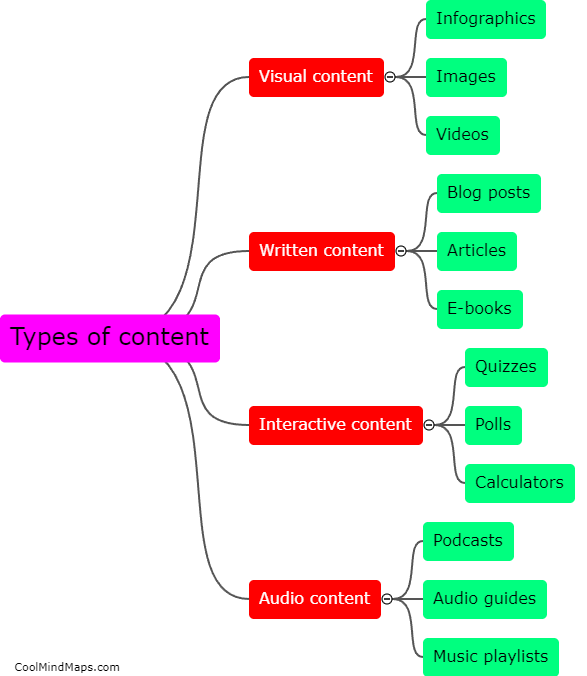What are cellulose nanocrystals?
Cellulose nanocrystals are tiny, rod-like particles made from cellulose, a complex carbohydrate found in the cell walls of plants. These particles are obtained by breaking down the cellulose fibers into smaller units. Due to their unique properties, cellulose nanocrystals have gained considerable attention in various fields, including materials science, medicine, and technology. They possess exceptional mechanical strength, high aspect ratio, renewable nature, and biocompatibility. These attributes make cellulose nanocrystals promising for applications such as biodegradable packaging, reinforcement in composites, drug delivery systems, and water purification. Furthermore, their abundance in nature and sustainability add to their appeal as an eco-friendly alternative to synthetic materials.

This mind map was published on 30 November 2023 and has been viewed 91 times.











